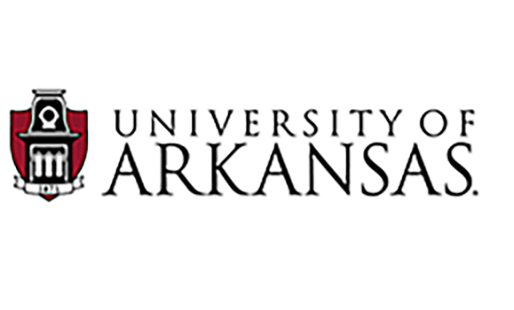Experiences of Male Counselor Educators: A Study of Relationship Boundaries
Document Type
Article
Publication Date
7-1-2016
Keywords
Counselor educators, male students, male counselors
Abstract
The vast majority of graduate students in the social sciences, especially in mental health fields, are females (Crothers et al., 2010; Healey & Hays, 2012). In a recent report on counseling programs, an average of 76% of students admitted and graduated yearly from entry-level counseling programs were women (Schweiger, Henderson, McCaskill, Clawson, & Collins, 2012). Although counseling is one field that attracts mostly female graduate level students, a historical review indicates that males made up approximately 80% of counselor education faculties in the 1980s (Anderson & Rawlins, 1985). In recent years, as the number of females who seek doctoral degrees in counseling has increased, so has the number of female counselor educators, correlating to fewer males entering the field of counselor education. Currently, the average number of males admitted and graduated yearly from doctoral-level counseling programs has been reported at a meager 25% (Schweiger et al., 2012). As counselor educators strive to build best practices for working with diverse populations, it seems relevant to explore the experiences of male counselor educators as well as suggest practices that improve conditions for male counselor education faculty.
Citation
Ray, D. C., Huffman, D. D., Christian, D. D., & Wilson, B. J. (2016). Experiences of Male Counselor Educators: A Study of Relationship Boundaries. Rehabilitation, Human Resources and Communication Disorders Faculty Publications and Presentations. Retrieved from https://scholarworks.uark.edu/rhrcpub/4

